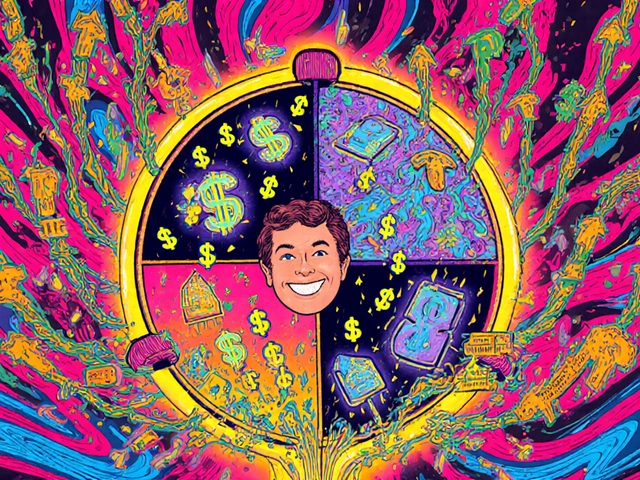Multi-Timeframe Trading: How to Use Different Time Frames to Make Smarter Trades
When you trade using multi-timeframe trading, a method where traders analyze price action across multiple time frames to confirm signals and reduce false moves. Also known as multi-timeframe analysis, it’s not about watching every chart—it’s about using the right ones to cut through the noise. Most traders fail because they only look at one time frame, like the 15-minute chart, and react to every little bump. But the market doesn’t move in isolation. What looks like a breakout on a 5-minute chart might just be a ripple in a larger downtrend visible on the daily chart.
Successful traders use time frame analysis, the practice of examining price behavior across different durations, from minutes to months, to determine trend direction and momentum to filter out distractions. For example, if the daily chart shows a clear uptrend, you only look for buy setups on the 1-hour or 15-minute charts. You don’t fight the trend. This approach works because the larger time frames carry more weight—they reflect what institutions and serious players are doing. Smaller time frames just help you time your entry. candlestick patterns, visual formations on price charts that signal potential reversals or continuations based on open, high, low, and close prices matter more when they line up across time frames. A bullish engulfing pattern on the 4-hour chart, confirmed by a hammer on the 15-minute chart, is far more reliable than either one alone.
It’s not magic. It’s structure. You start with the big picture—weekly or daily—to know the trend. Then you zoom in to hourly or 15-minute to find your entry. You avoid trades that contradict the higher time frame. You don’t trade just because a pattern popped up. You wait for alignment. This is how you stop chasing losses and start stacking wins. The posts below show real examples of this in action: how traders used multi-timeframe setups to catch big moves in stocks, forex, and options without overtrading. You’ll see exactly which time frames to watch, what to ignore, and how to turn confusion into clarity.





